The Setouchi Triennale, a celebrated international art festival held across the islands of Japan’s Seto Inland Sea, has long been admired for its ability to merge contemporary art with the serene beauty of remote landscapes. Among its most intriguing offerings are the installations on uninhabited islands—works that exist in isolation, far from the bustling crowds of urban galleries. Yet, these very pieces, designed to evoke contemplation and connection with nature, face a unique set of preservation challenges that threaten their longevity and artistic integrity.
Unlike artworks displayed in traditional museum settings, the pieces on uninhabited islands are exposed to the relentless forces of nature. Saltwater corrosion, typhoon-strength winds, and the unyielding sun take a toll on materials not designed for such harsh conditions. Artists often prioritize conceptual impact over durability, leading to installations that may deteriorate within a single festival cycle. The irony is palpable: works intended to harmonize with their environment are often consumed by it. Maintenance teams must navigate the delicate balance between preserving the artist’s original vision and making pragmatic adjustments to withstand the elements.
Logistics compound the problem. Many of these islands lack infrastructure, requiring conservators to transport tools and materials by boat, sometimes during unpredictable weather. The cost of such efforts is staggering, with budgets stretching thin just to keep artworks from crumbling into the sea. Local volunteers, though passionate, often lack specialized training in art conservation, leaving complex restoration work to infrequent visits by professionals. The result is a patchwork of care, where some pieces receive meticulous attention while others fade into obscurity.
Funding, or the lack thereof, looms large over these conservation efforts. The Triennale operates on a three-year cycle, with budgets primarily allocated to new commissions rather than the upkeep of existing works. Donors and sponsors, eager to attach their names to flashy new projects, are less inclined to fund the unglamorous task of repairing weather-beaten sculptures. This short-term mindset risks turning the uninhabited island installations into ephemeral relics—artistic ghosts that vanish almost as quickly as they appear.
Community involvement offers a glimmer of hope. Some islands have begun integrating the artworks into local tourism initiatives, fostering a sense of ownership among residents. When fishermen double as tour guides or schoolchildren participate in cleanup efforts, the pieces become more than just festival leftovers—they evolve into shared cultural assets. Yet, even this grassroots enthusiasm has limits. Without institutional support, the burden of preservation falls disproportionately on small communities already grappling with aging populations and economic decline.
The festival’s organizers face an existential question: Should these remote artworks be allowed to decay naturally, as part of their dialogue with the environment, or does their cultural value demand aggressive intervention? Some argue that impermanence is the point—that the slow dissolution of these works mirrors the fragility of human presence in wild spaces. Others counter that losing them outright would erase meaningful contributions to contemporary art history. For now, the Triennale walks a tightrope between these philosophies, implementing stopgap measures while deferring larger conversations about legacy.
Technology may yet provide solutions. Researchers are experimenting with ultra-resistant coatings and self-repairing materials that could shield artworks from the elements without compromising their aesthetic. Drones are being tested for monitoring hard-to-reach installations, reducing the need for risky human expeditions. However, such innovations come with high upfront costs, putting them out of reach for many festival stakeholders. The divide between cutting-edge preservation science and on-the-ground realities remains wide.
The challenges facing Setouchi’s uninhabited island artworks reflect broader tensions in site-specific art. When pieces are inseparable from their environments, who bears responsibility for their survival? As climate change intensifies weather patterns, these questions will only grow more urgent. The Triennale’s struggle to maintain its most isolated creations serves as a microcosm of the global art world’s reckoning with sustainability, value, and the limits of human stewardship over culture.
What emerges from this complexity is not a tidy resolution but a testament to the festival’s ambition. These works—whether they endure for decades or vanish with the next storm—challenge conventional notions of art’s permanence. Their very vulnerability becomes part of their power, reminding viewers that beauty and decay are often two sides of the same coin. The Triennale’s greatest achievement may lie not in solving these preservation dilemmas, but in daring to create art that embraces the inevitability of change.
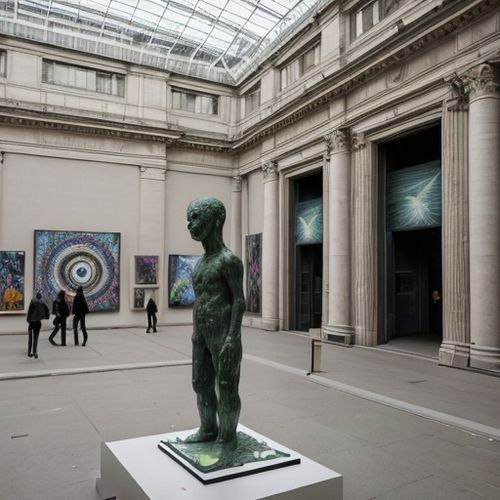
By Jessica Lee/Apr 12, 2025
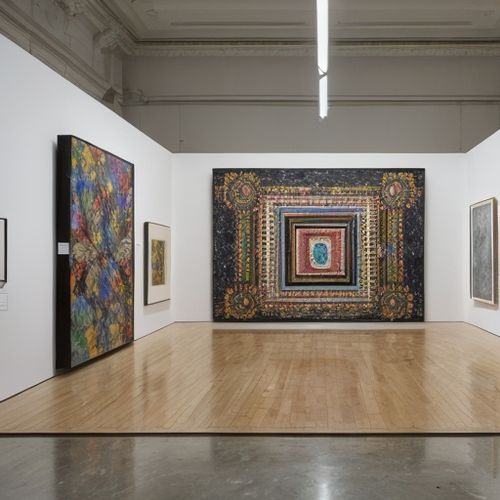
By Daniel Scott/Apr 12, 2025
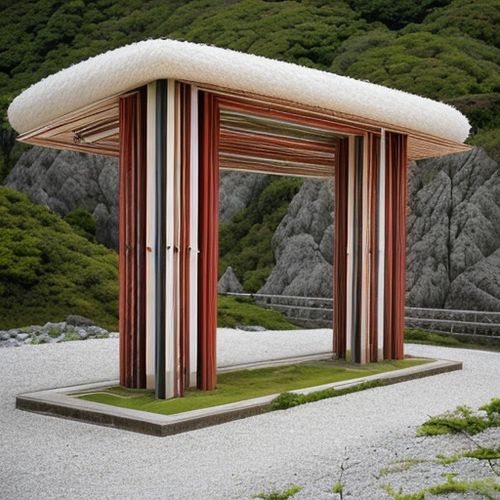
By Megan Clark/Apr 12, 2025
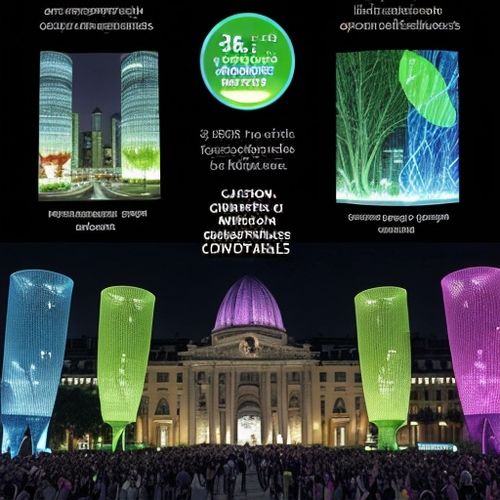
By Elizabeth Taylor/Apr 12, 2025
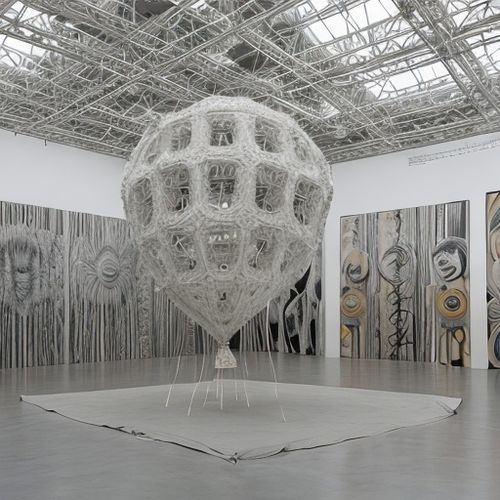
By James Moore/Apr 12, 2025
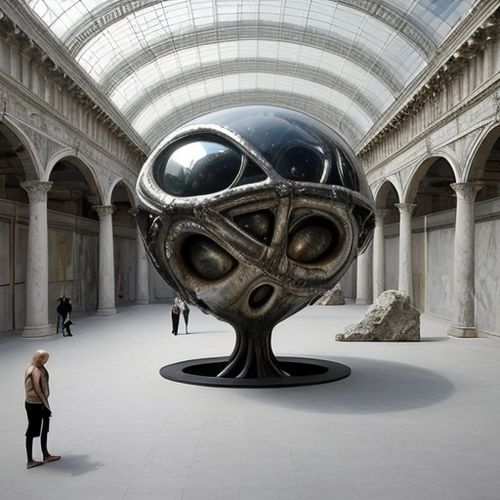
By Natalie Campbell/Apr 12, 2025
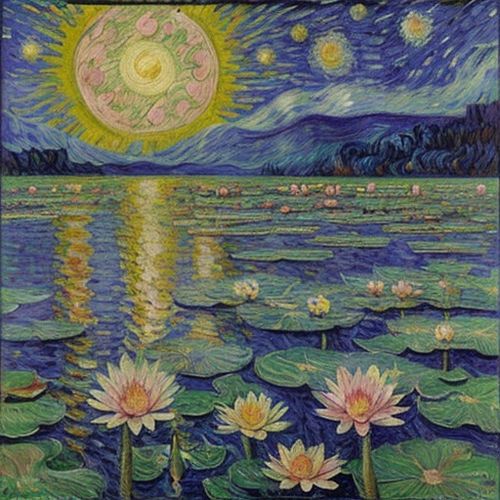
By Grace Cox/Apr 12, 2025

By David Anderson/Apr 12, 2025
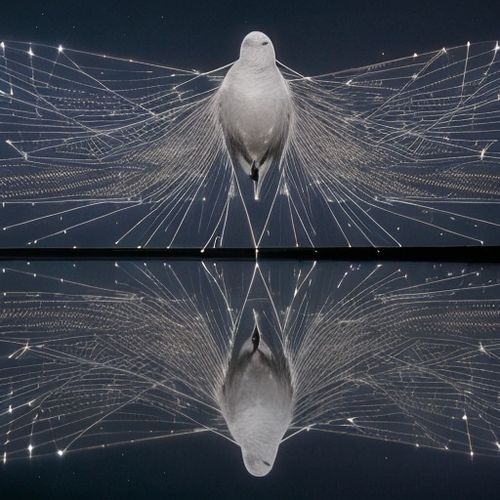
By Emma Thompson/Apr 12, 2025
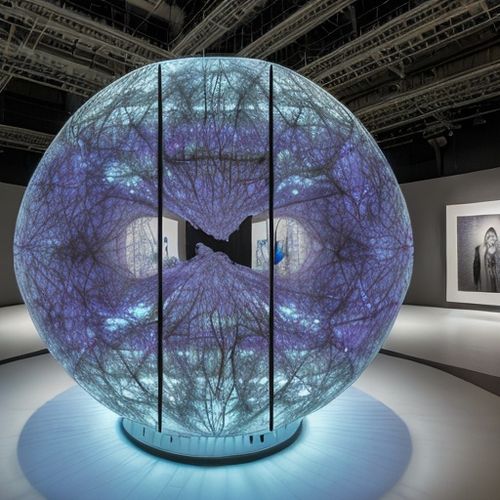
By Jessica Lee/Apr 12, 2025
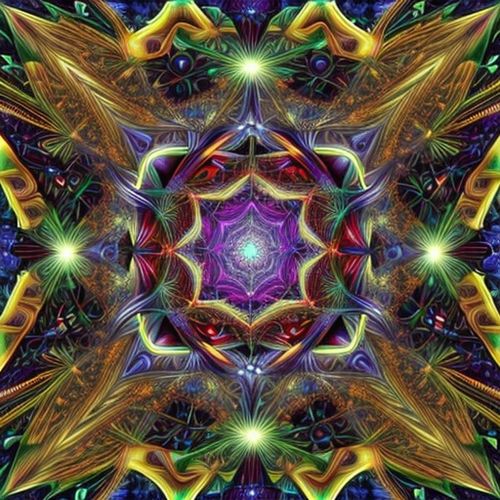
By Thomas Roberts/Apr 12, 2025
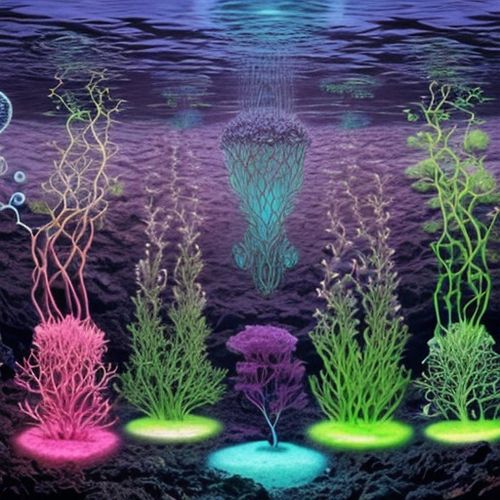
By Noah Bell/Apr 12, 2025
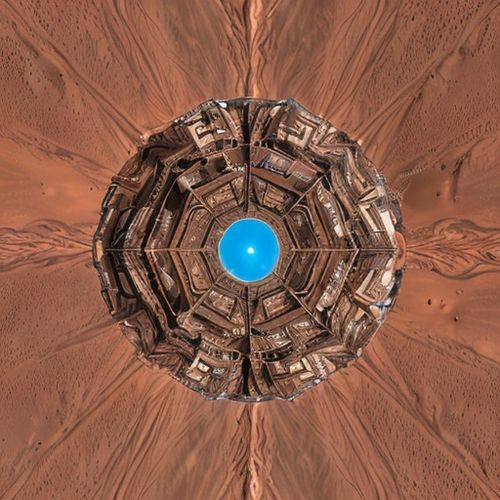
By David Anderson/Apr 12, 2025
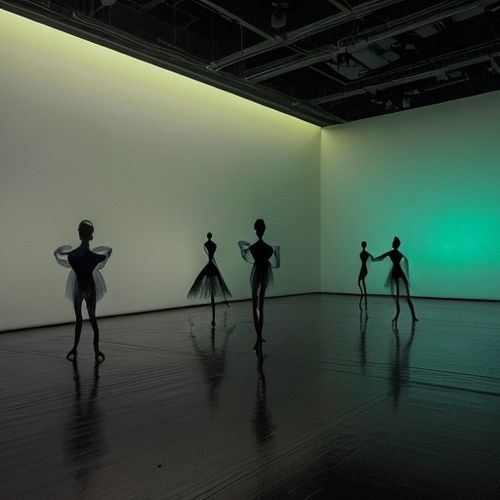
By Victoria Gonzalez/Apr 12, 2025
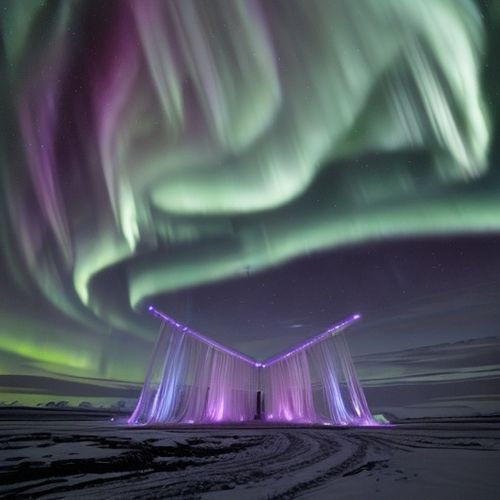
By Sarah Davis/Apr 12, 2025
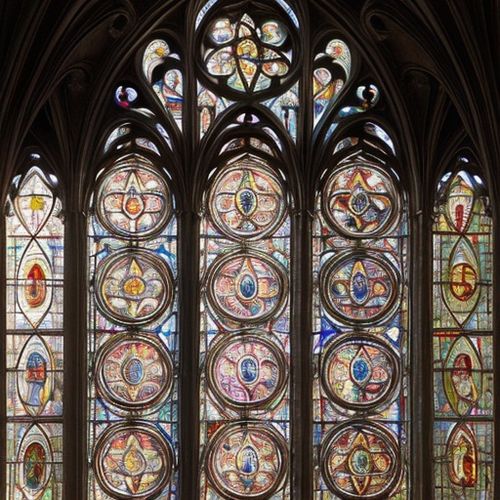
By Rebecca Stewart/Apr 12, 2025

By James Moore/Apr 12, 2025
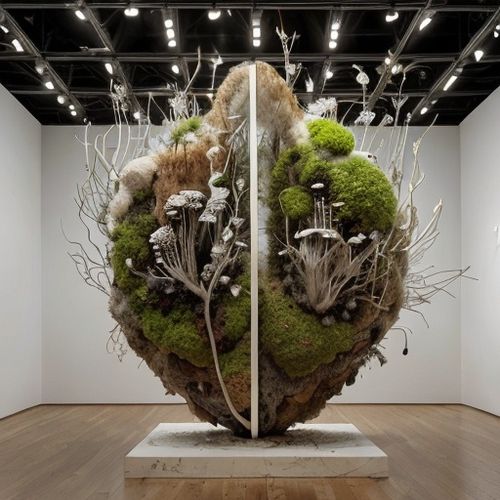
By Thomas Roberts/Apr 12, 2025
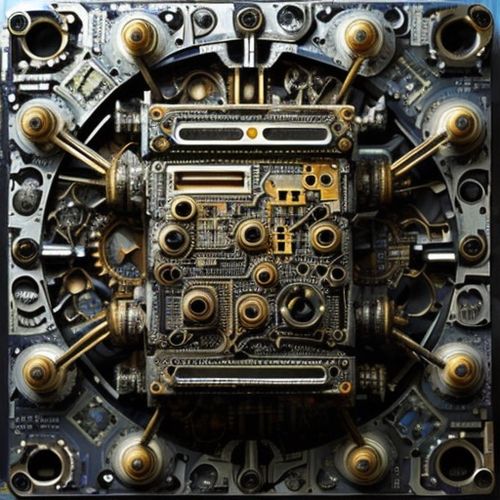
By Lily Simpson/Apr 12, 2025